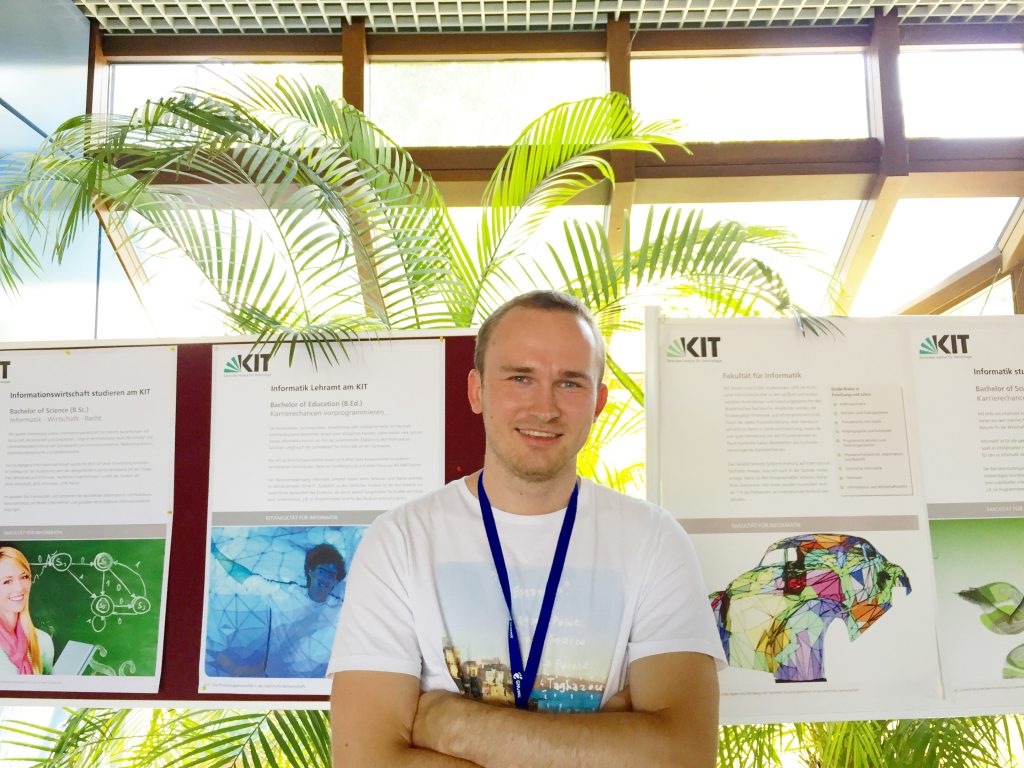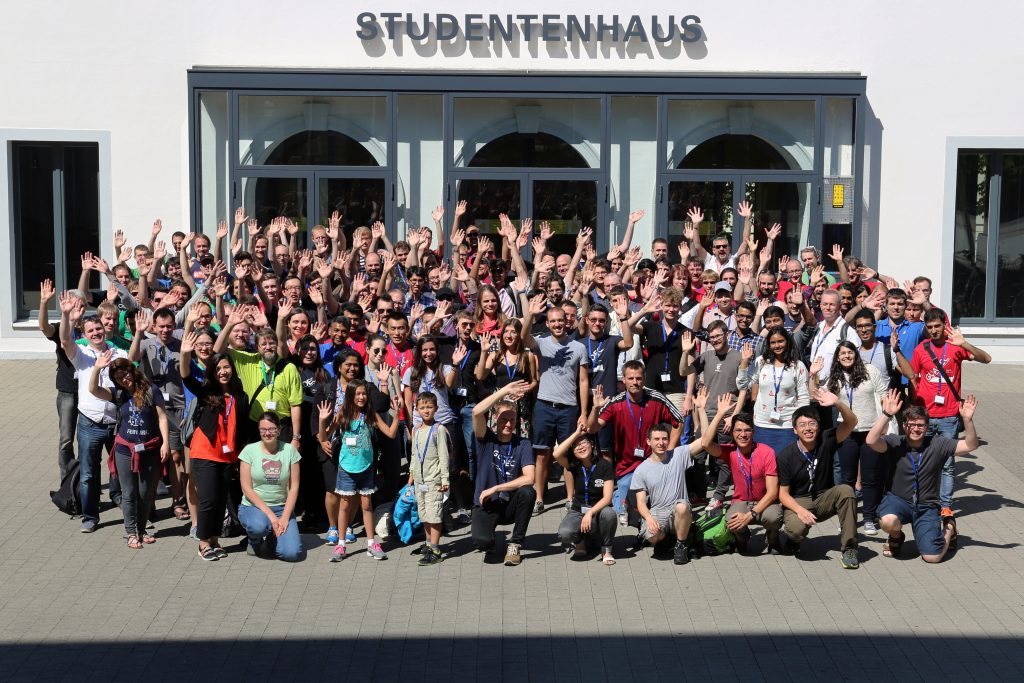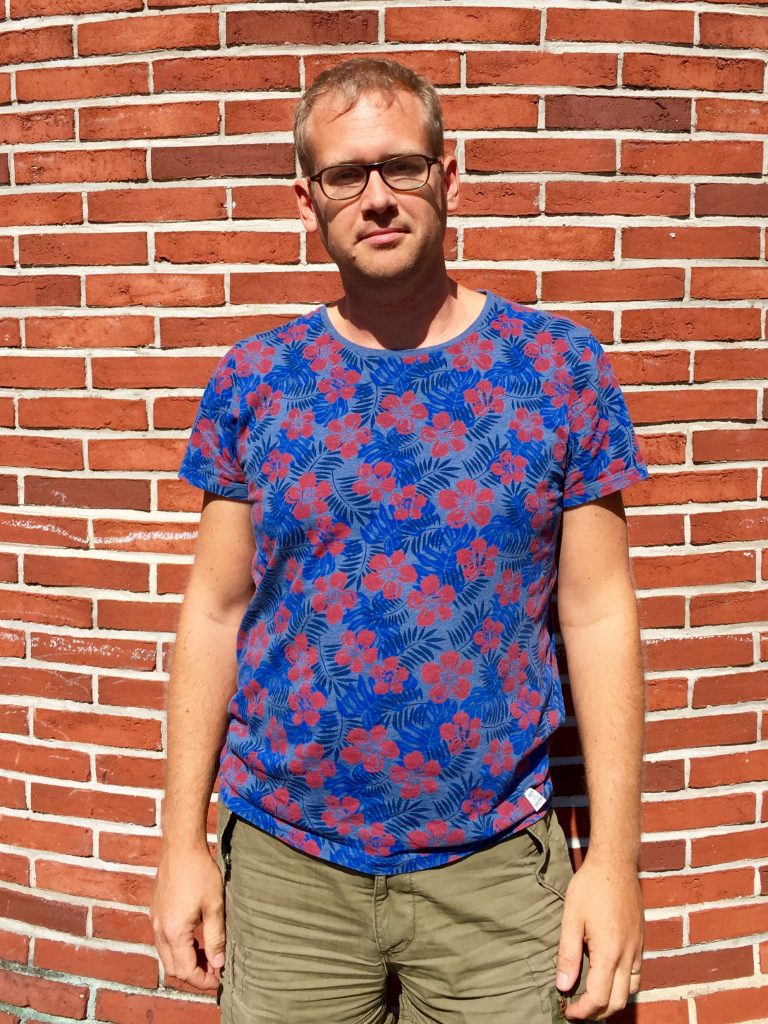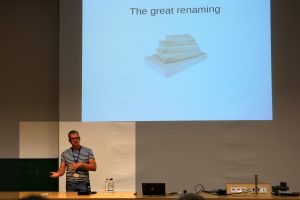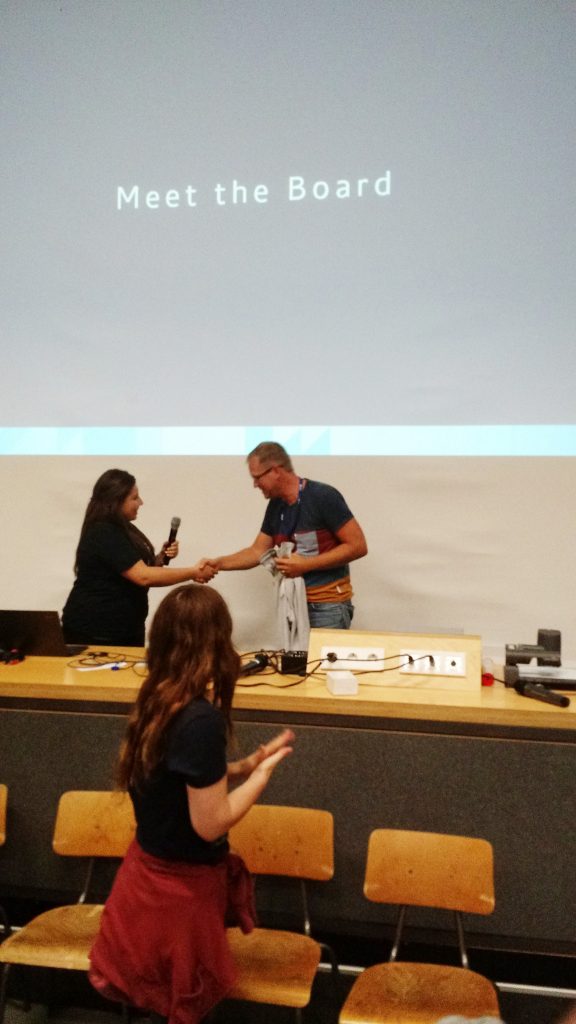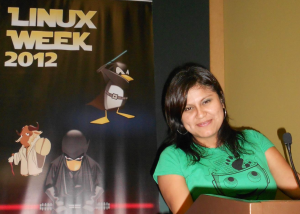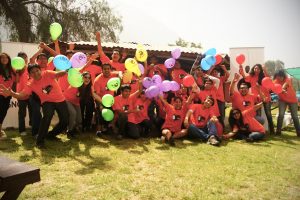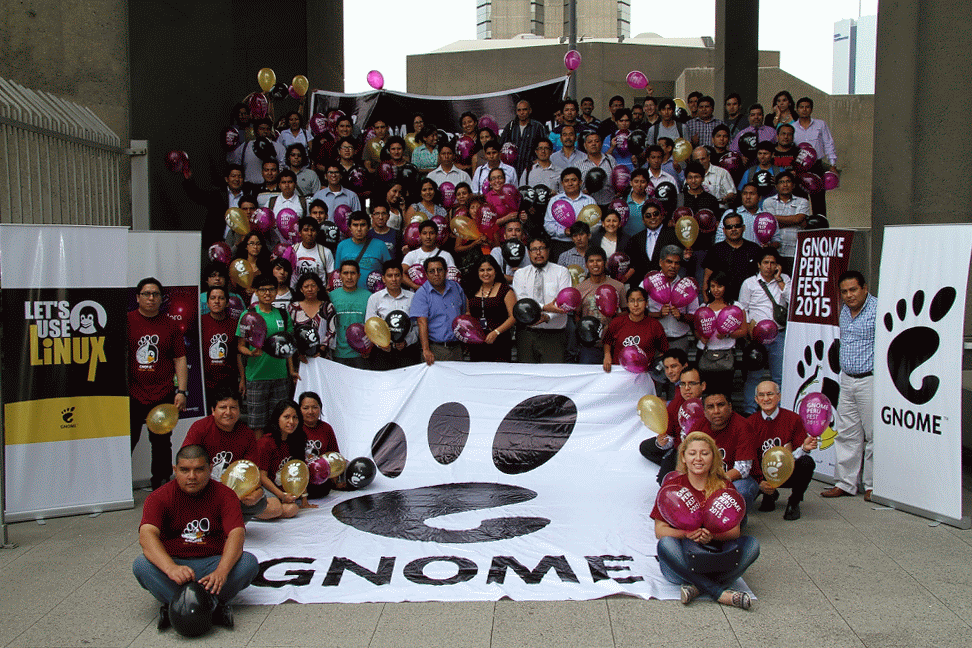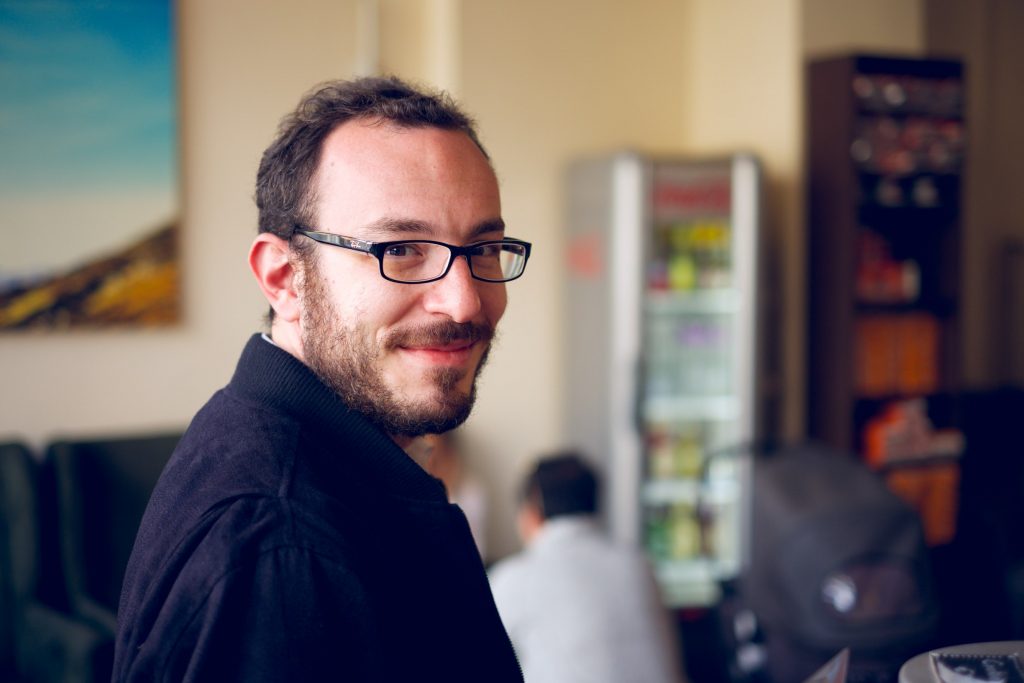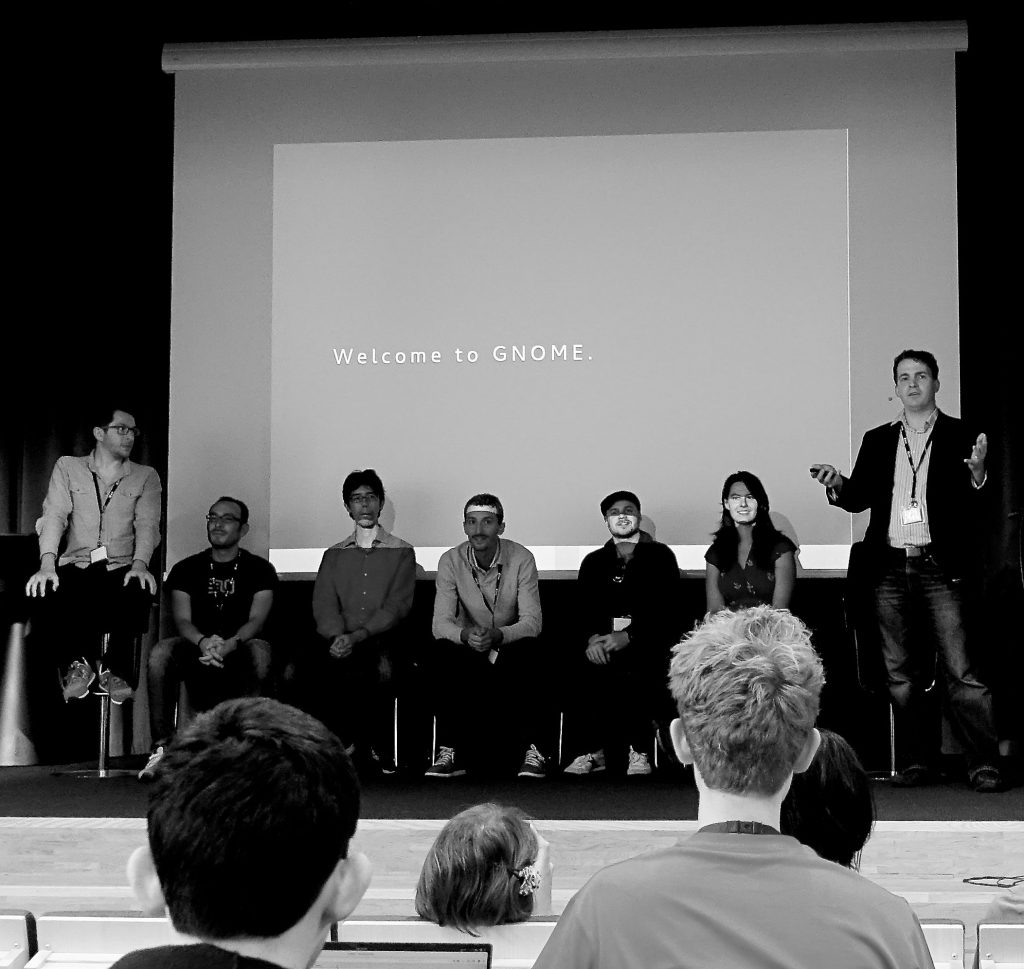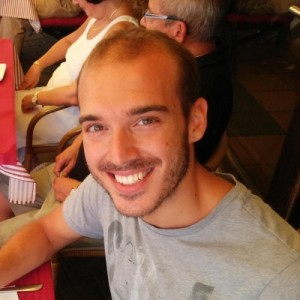Iulian Radu is in his final year at the University POLITEHNICA of Bucharest, and he has been involved in his on–campus open source community. Over the last couple of years, he has brought GNOME to his campus, and generated interest around encouraging other students to get involved in GNOME, contribute, and even apply for GSoC. Read on to learn about his experience in getting involved and spreading GNOME to his university in Romania!
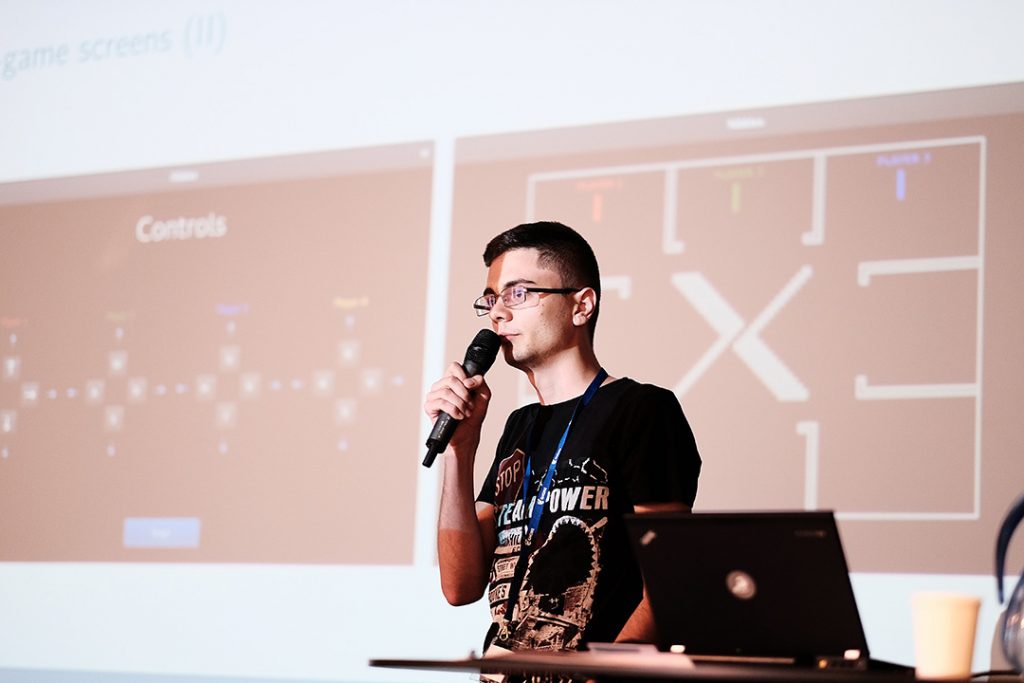
Where are you from and where are you based now?
I’m from Romania and living there now.
How long have you been contributing to GNOME?
I made my first contribution 2 years ago during the summer and it was for Iagno.
How did you first hear about GNOME and become a user?
I was a user before I became a contributor. The first time I heard of GNOME was in university, and we had a course where we had a slide with different logos. We had to name those logos, which were all open source and Linux related. Soon after that I got to use Linux in my university classes; it was used and required almost everywhere, classes and homework. I got it installed for the first time during Linux Install Fest, an event where the community (students, teachers) helps first year students, and anyone interested, install Linux on their personal computer.
We know this year isn’t your first year with GSoC, how did you first get involved?
Yeah, my first year with GSoC was in 2015. I heard of it in university when my teacher and some colleagues a year above me told me about it. I actually tried applying in 2014 as well but the steps were not that clear at the time. I was under the impression that it was way too complicated for me and I just gave up on the idea. The next year, in 2015, I just asked around more and it was really different. Everyone was really supportive and everything made sense; I didn’t have many problems getting accepted. Then this year, in 2016, I already knew what I had to do and everything went smoothly.
What motivated you to join for a second year?
I was in between deciding whether to do GSoC again and getting a job at a company to experience office life, working in a team, and participate in meetings. Michael, my 2015 GSoC mentor, told me he wanted to be a mentor again and said he had a project on Epiphany for me. It sounded really interesting, so I applied again to GSoC.
What has been your project with Google Summer of Code?
My project was “Web: Bookmarks Subsystem Update“. I basically had to redo the bookmarks system in GNOME Web and I kind of started from scratch because the code was old.
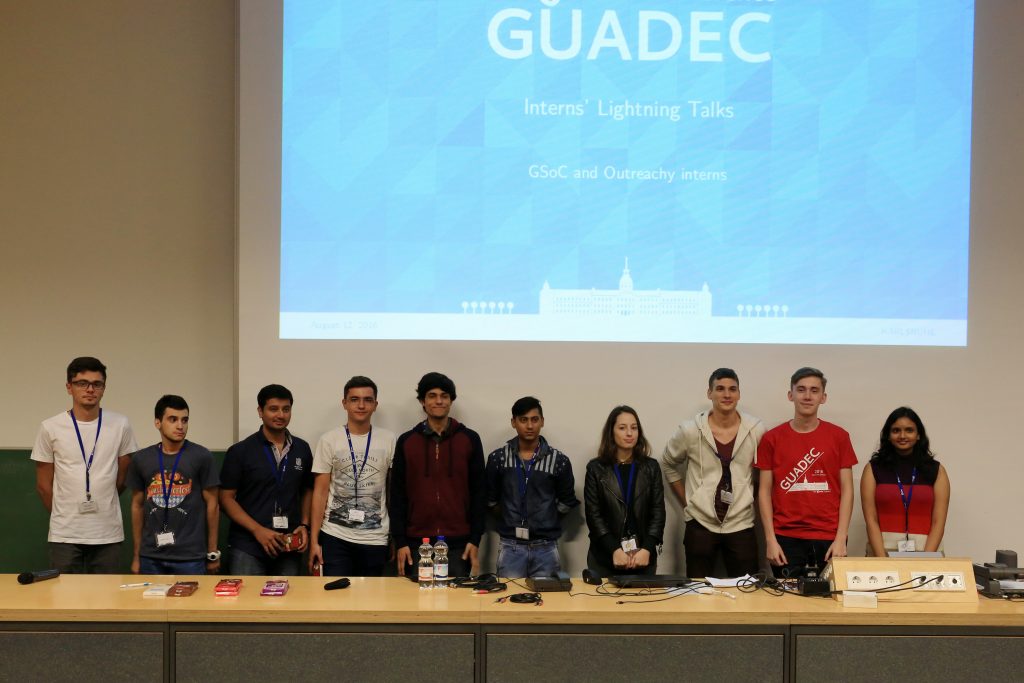
You’re very active within your community, especially when it comes to planning events. What exactly is it that you have done?
I’m active within the open source community at my university. There’s a non-profit organization called ROSEdu (Romanian Open Source Education). That’s how I got into open source. They organize workshops, summer schools, mentor programs, and more. My first contribution was to an open source browser game organized at our school; a platform with questions related to linux designed for the first year introductory course to operating systems. You can play the game and learn more about the subjects studied throughout the course. I became a core contributor after a while then I applied to be part of the organization. I started helping out by mentoring students at different workshops and events they organize.. During those events we always talk about what we are working on and share our experience so I helped spread the word about GNOME (as I was also contributing to it during those times). Razvan, another GSoC student that worked on Nautilus, was one of the first that got really interested and asked me to give him directions. Then there was Gabriel, whom I helped with his first contribution and application process. There were also multiple students that started to seek me out to learn more about GSoC and my GNOME experience to whom I have offered help based on the intereset they showed. A community around GSoC already existed, but I helped with bringing GNOME to the campus and now we have a small community. Every now and then we get together to work on our projects, and I’d like to invite more people to join us in the future.
What are some challenges you have faced in planning events and unifying your local community?
The main challenge is keeping people interested. They usually become quite curious when you start telling them about the community, your work and your experiences, but they lose interest when they try to make their first contributions and realize that some things take longer than they initially expected. As the students that are reaching out are usually at the start of their open source experience, it’s even harder for them as they need to become used to different means of communicating (IRC, mailling lists), version control systems, bug trackers etc.
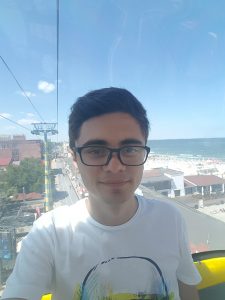
What is your favorite place on Earth?
My favorite place would be a cabin in a forest with fresh air and a nearby river. But there has to be a laptop and WiFi!
What is your favorite food?
Grilled food, probably a grilled steak. Nothing too special!
Favorite ice cream?
Anything with chocolate icing.
Last question… What is your spirit animal?
I guess it’s a panda, because I’m a bit clumsy and lazy!
If you’re interested in learning more about Google Summer of Code and submitting an application for Summer of 2017 check out their website here: https://developers.google.com/open-source/gsoc/
And if you’re interested in learning more about GNOME Bucharest, or getting involved with GNOME in Romania, get in touch with Iulian and his colleagues via…
IRC: #gnome-bucharest on GIMPNet
Wiki: https://wiki.gnome.org/GnomeBucharest
Thank you Iulian for answering all of our questions. We’re really looking forward to seeing how this local group grows!
